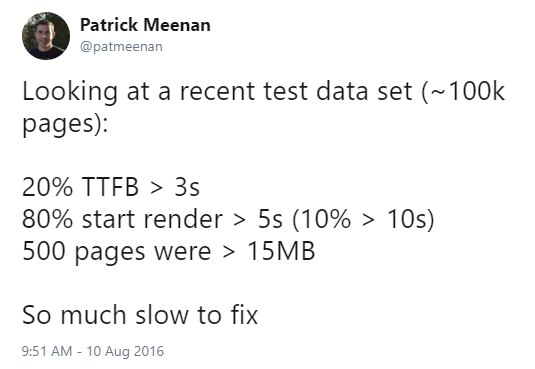Top 5 Blog Post of 2018: Docker Enterprise 2.0 with Kubernetes
Day 2 of our top blog posts of 2018 and coming in at Number 4 is the launch of Docker Enterprise 2.0 (formerly Docker Enterprise Edition). Docker’s industry-leading container platform is the only platform that simplifies Kubernetes and manages and secures applications on Kubernetes in multi-Linux, multi-OS and multi-cloud customer environments. To learn more about our Docker Enterprise, read on…
We are excited to announce Docker Enterprise Edition 2.0 – a significant leap forward in our enterprise-ready container platform. Docker Enterprise Edition (EE) 2.0 is the only platform that manages and secures applications on Kubernetes in multi-Linux, multi-OS and multi-cloud customer environments. As a complete platform that integrates and scales with your organization, Docker EE 2.0 gives you the most flexibility and choice over the types of applications supported, orchestrators used, and where it’s deployed. It also enables organizations to operationalize Kubernetes more rapidly with streamlined workflows and helps you deliver safer applications through integrated security solutions. In this blog post, we’ll walk through some of the key new capabilities of Docker EE 2.0.
Eliminate Your Fear of Lock-in
As containerization becomes core to your IT strategy, the importance of having a platform Continue reading












 Trust, But Verify
Trust, But Verify


 SDxCentral Weekly Wrap for December 21, 2018: AT&T launches 5G, GE spins off Digital and IoT division, and AWS fires back at Oracle claims.
SDxCentral Weekly Wrap for December 21, 2018: AT&T launches 5G, GE spins off Digital and IoT division, and AWS fires back at Oracle claims.
